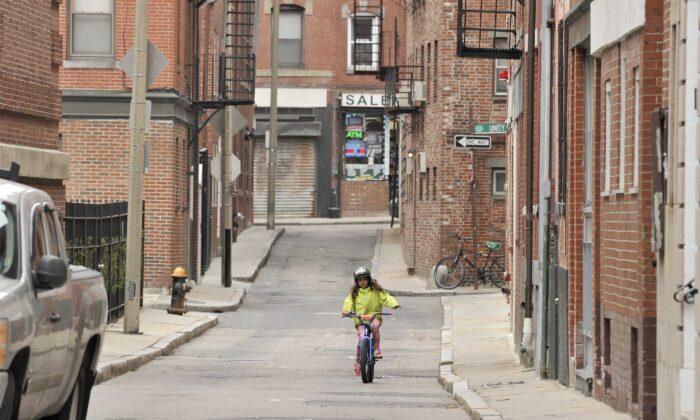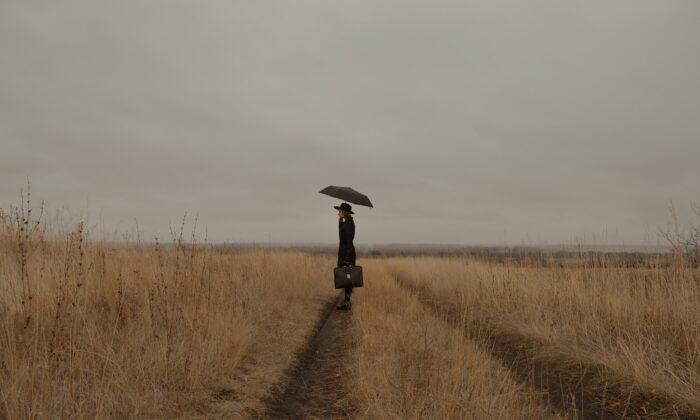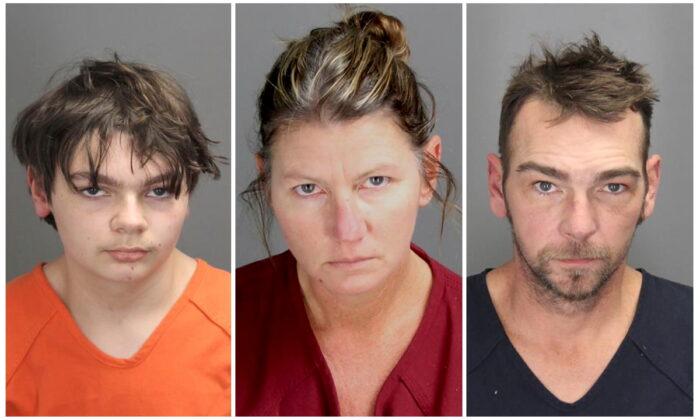OK, I have good news and bad news about the murder rate in America.
First, the good news. The homicide rate is not as bad as it once was. In 1995, the U.S. murder rate was about twice as high as it is now.
Now for the bad news. While final statistics for 2020 are not yet completely compiled, preliminary figures indicate that, last year, there was an “unprecedented single-year spike” in the U.S. murder rate. Year-to-year homicide rates increased by a jaw-dropping 42 percent last summer (in a sample of medium to large cities), and by 34 percent in the fall. This is according to newly released research from the National Commission on COVID-19 and Criminal Justice and a group called Arnold Ventures.
To put that in perspective, consider that the previous single-year increase in U.S. murders was just 13 percent back in 1968. In other words, this nation has now apparently tripled an annual murder rate jump that stood for more than half a century.
Experts in the field of criminology, supported by the two aforementioned think tank organizations, studied statistics from 34 major U.S. cities—among them: Atlanta, Baltimore, Chicago, Dallas, Denver, Detroit, Jacksonville, Los Angeles, Memphis, Minneapolis, New York, and Philadelphia—and concluded that a “perfect storm” of factors was responsible for the rise in homicides last year. Researchers cited three factors: the COVID-19 pandemic, the resulting wallop to the economy, and the continuing struggle against racial injustice.
Sadly, these are not the only pandemic-era deaths we need to pay attention to. I know statistics can be dull and hard to absorb, but they are important indicators of the damage done by this worldwide scourge and the challenge ahead. Especially for our kids.
Pandemic-related despair among the young is especially acute. In Arizona, suicides among children 12 to 17 are up a staggering 67 percent. Authorities in Nevada reported 18 student suicides in just nine months and quickly moved to reopen schools when it was found the youngest to take his life was just 9. West Virginia, Wisconsin, and Texas also report a troubling uptick in suicidal young.
When hopelessness sets in, crime is a frequent consequence. Tempers flare; anxieties increase; and the sense that there is no light at the end of the tunnel can suffocate common sense and rational behavior.
Many of us are buying guns for the first time; some are consumed by the political schism in the country; others are filled with rage over the divisions of class and race in America. And countless numbers of us are forgetting the dreams we had for the future because we have become overwhelmed by the present. There doesn’t seem to be any aspect of life that hasn’t been negatively impacted by this worldwide plague.
So, it is interesting to note the think tank research that showed a few positive crime stats for 2020. Because so many of us remained isolated at home, property crime rates dropped dramatically. Residential burglaries were down 24 percent, larceny by 16 percent, robbery by 9 percent and drug offenses by 30 percent.
The FBI’s Uniform Crime Report for the first half of 2020 adds that rapes were down nearly 18 percent and overall violent crime dropped in three of the nation’s four regions, down 4.8 percent in the Northeast, 1.8 percent in the Midwest, and 1.1 percent in the West. For some reason, violent crimes increased in the South by 2.5 percent.
The nearly yearlong pandemic isolation we have all endured has affected so many areas of our lives that it makes you wonder how long it will take for the country to find its footing again.
Work and home life have collided; meaningful education has been derailed; massive numbers of business bankruptcies have clouded future prospects for owners and workers alike. Alcoholism, drug overdoses, domestic abuse, child sexual abuse, and mental health issues such as depression and suicides are all on the rise.
This terrible situation we find ourselves in can be made better or worse by each of us. We can spend this time scolding, demanding, complaining and, yes, even killing one another, or we can make a determined pact as Americans to collectively persevere. Personally, I’m choosing the latter course.






Friends Read Free